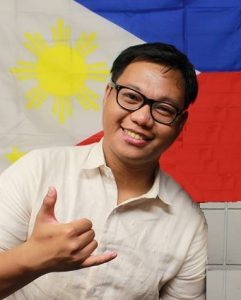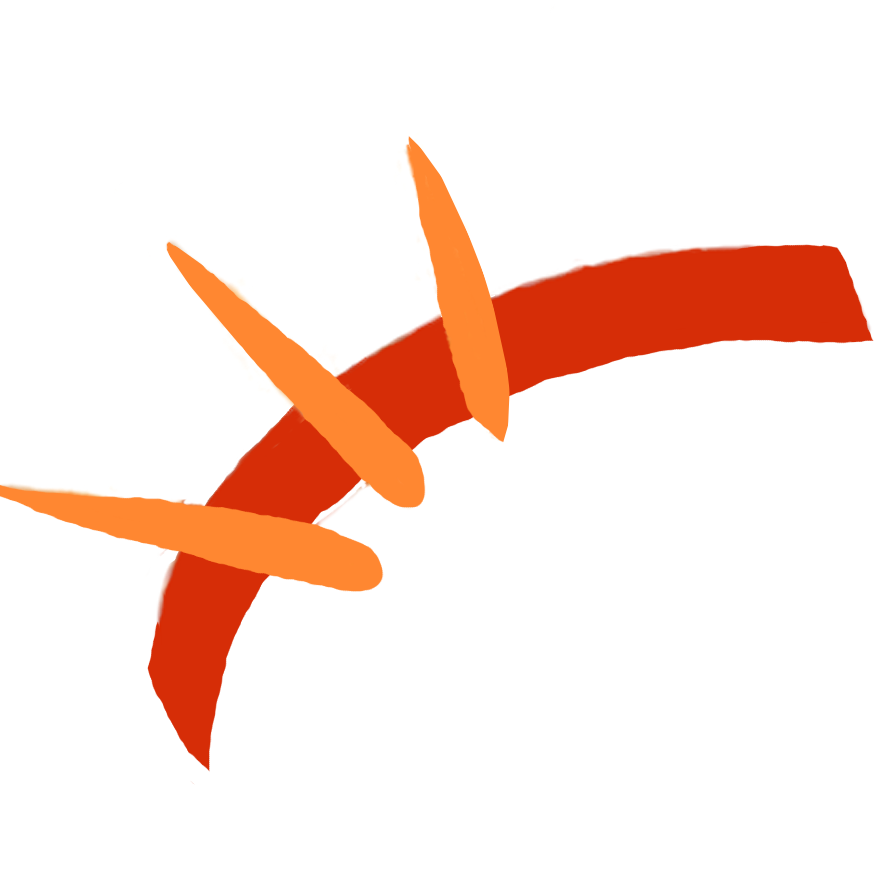
Name: James Patrick Alonzo
Contact: jpalonzo@hawaii.edu
Preferred language name(s): Filipino
Alternative names: Tagalog
Language classification: Austronesian, Malayo-Polynesian
Geographical areas where spoken: Metro Manila, National Capital Region, other urban centers in the Archipelago, overseas where there is a Filipino community
Approximate number of speakers: As of 2007, Tagalog is the first language of 28 million people,or about one-third of the Philippine population, while 45 million speak Filipino as their second language.
Other languages spoken in the community: Visayan, Kapampangan, Pangasinan and Ilocano.
Official language(s) in your country: Filipino, English
Other language(s) in your country: Filipino is just mong the 185 languages of the Philippines identified in the Ethnologue.
Does your language have a widely accepted writing system?
Yes. Latin (Filipino alphabet) and Philippine Braille.
If yes, what materials are written?
The first dictionary of Tagalog was written by the Franciscan Pedro de San Buenaventura and published in 1613 by the “Father of Filipino Printing” Tomas Pinpin in Pila, Laguna. A latter book of the same name was written by Czech Jesuit missionary Paul Klein at the beginning of the 18th century. Klein spoke Tagalog and used it actively in several of his books. He wrote the first dictionary, which he later passed over to Francisco Jansens and José Hernandez. Further compilation of his substantial work was prepared by Juan de Noceda and Pedro de Sanlucar and published as Vocabulario de la Lengua Tagala in Manila in 1754 and then repeatedly re-edited with the last edition being in 2013 in Manila.
Language Background
[Widely Spoken]
Inter-generational transmission:
All community members speak the language. However, Filipino is usually used interchangeably with other dialects and/or foreign language, most notable of which is English. This is so common that there is even a term for using Filipino/Tagalog and English – TAGLISH.
Absolute number of speakers:
>100000
Speaker number trends:
Almost all community members speak the language; speaker numbers are stable or increasing.
Domains of use of the language:
Used in government, mass media, education and the workplace; most speakers value their language education and literacy in the language are valued by most community members; government and other institutions support the language. However, note that for Filipino culture, speaking in English is given high regard (sometimes even higher than speaking in Filipino), due to to the marked effects of colonial rule.
What have other sources said about Tagalog?
| Reported # of speakers | Vitality Assessment | |
| endangeredlanguages.com | – | – |
| ethnologue.com | 21,500,000 (2000 census). Total users in all countries: 24,628,290. | Fully developed. Bible: 1905. |
| en.wikipedia.org | L2: 45 million (2013) Total: 70+ million |
Developed and Extensive |

